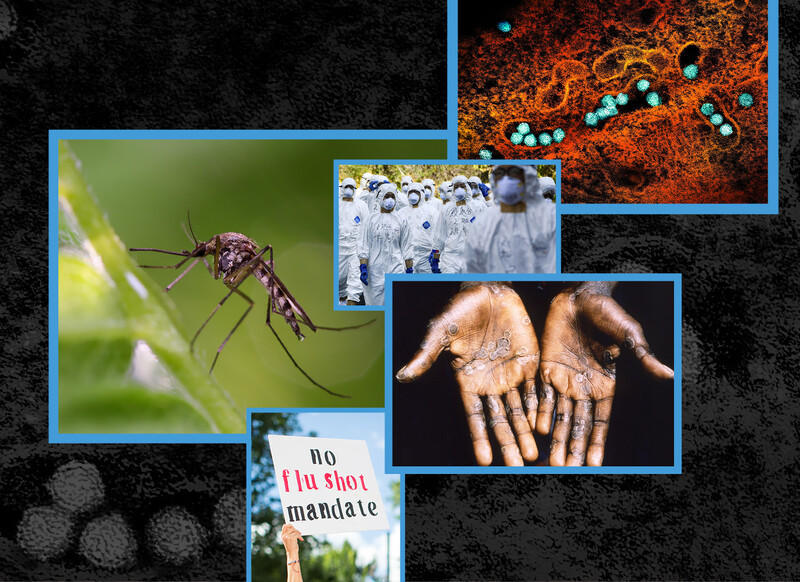The nightmare is all too plausible: a terrorist detonates a dirty bomb in a city and in the ensuing panic hospitals become overwhelmed, unable to identify quickly those patients who need treatment for radiation exposure.
To ensure that a large population could be tested quickly for exposure, the National Institutes of Health recently awarded a $25 million five-year grant to a nine-institution research consortium led by Columbia University to develop screening tools that are highly automated and minimally invasive.
Current radiation screening technology is not automated and therefore slow and cumbersome, says principal investigator David J. Brenner. If a dirty bomb packed with radioactive material were detonated in a city, he says, it is likely that everybody within at least a few blocks of the explosion would need to be screened, depending on the size of the explosive device and the potency of the radioactive material. Screening would need to take place within days, if not hours.
In addition to identifying people needing treatment, medical professionals would need to be able “to reassure people who are OK by screening them,” says Brenner, a professor of radiation oncology at the College of Physicians and Surgeons and a professor of public health at the Mailman School of Public Health. “Otherwise, every hospital will be overwhelmed.”
The researchers are developing three potential screening methods. The most promising, but most invasive, Brenner says, would entail taking a pinprick of blood from the finger and, with the help of a superfast, high-resolution microscope currently being developed by mechanical engineers at Columbia, analyzing cells for structural damage that indicates radiation exposure. Because the goal is to develop an apparatus that could test as many as 30,000 patients in a day, the entire process must be completely automated, even the pinprick, which could be executed by lasers. Brenner expects that a prototype device will be ready for market within three to four years.
The second method, which is more speculative, involves analyzing blood samples for changes to DNA that indicate radiation exposure. A third method, also speculative, would analyze sweat, saliva, or urine instead of blood, making the process less invasive and easier to administer. However, Brenner says it will take three to four years for scientists to determine if saliva is a viable medium.
An interdisciplinary team of Columbia radiological researchers and mechanical engineers is developing the technologies. Sally A. Amundson, an associate professor of radiation oncology, is the study’s coprincipal investigator. The mechanical engineering team will be led by Lawrence Yao, chair of mechanical engineering, and Nabil Simaan, an assistant professor of mechanical engineering and an expert in medical robotics.
As part of the grant, the New York City Department of Health and Mental Hygiene plans to research the logistics of administering the screening tests in local neighborhoods.
Other members of the consortium include Harvard University’s School of Public Health; Arizona State University’s Biodesign Institute; the National Cancer Institute; University of Pittsburgh Medical Center; Charles University, Prague; Translational Genomics Research Institute; and Sionex Corporation.


